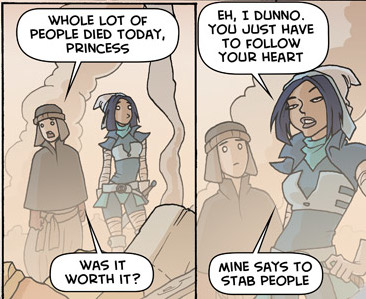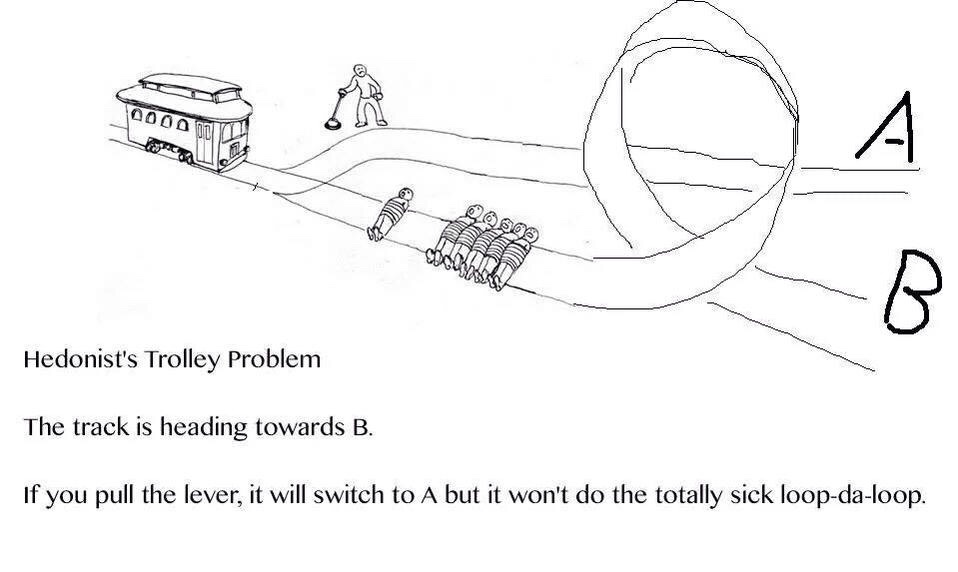Let us assume that there are different kinds of adaptations. Specifically, some are better than others in the long run: some adaptations will only make a difference in an organism’s ability to reproduce viable offspring over a short period of time, whereas others will be beneficial for many generations.
In asexual reproduction there is no mechanism for distinguishing between a short term beneficial adaptation and a long term beneficial adaptation. This subjects long term beneficial adaptations to being potentially overshadowed by short term beneficial adaptations and genetic drift: if a short-term genetic change sweeps through a population, some adaptations can be wiped out. This sort of (selected for or not selected for) genetic drift would be tempered if it were forced to go across the different biologies of the two sexes.
With sexual selection there is a mechanism for selecting long term beneficial adaptations over short term ones. Long term beneficial adaptations will have to be good for both sexes: if an adaptation is beneficial to both the male and female – individuals with significantly different biologies – then it is more likely to be good for the entire species. Short term beneficial adaptations may only be good for particular individuals or one sex, depending on the mutation. This makes it less likely for short term, provincial adaptations (or drift) to last because they won’t be as effective across different the different biological make-up of the two sexes.
Therefore by distributing mutations across two different sexes – two similar but different biologies – long term beneficial adaptations can be selected for.


